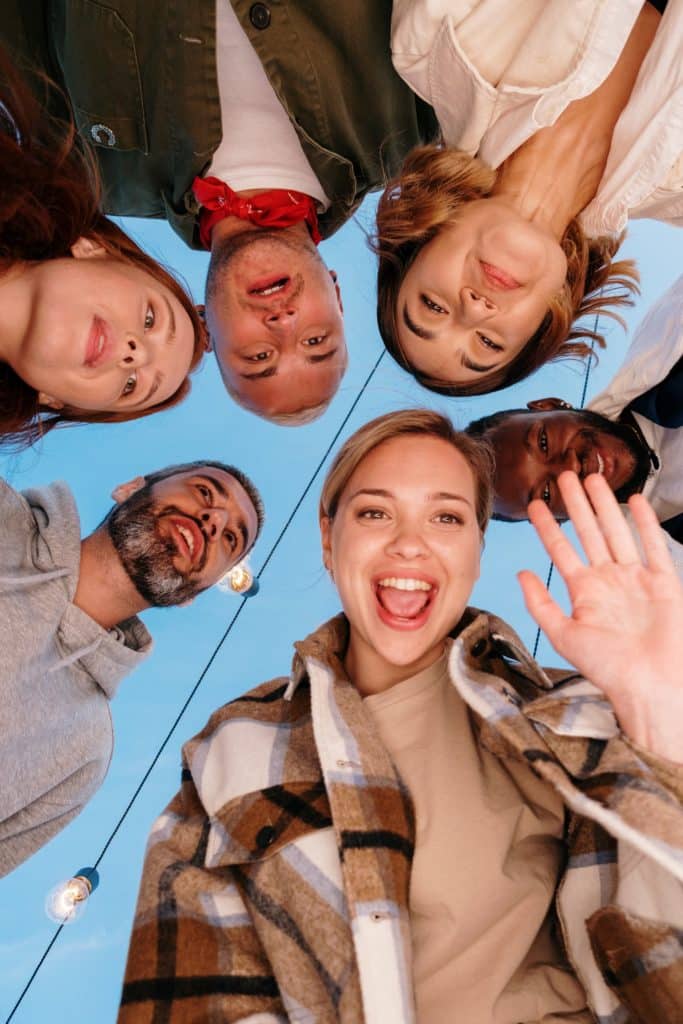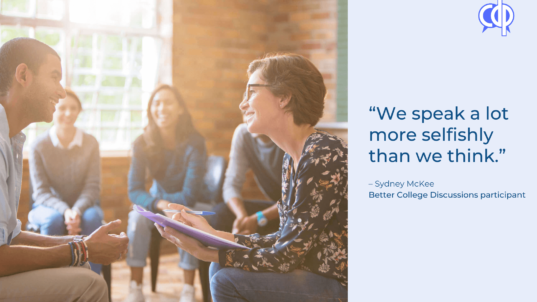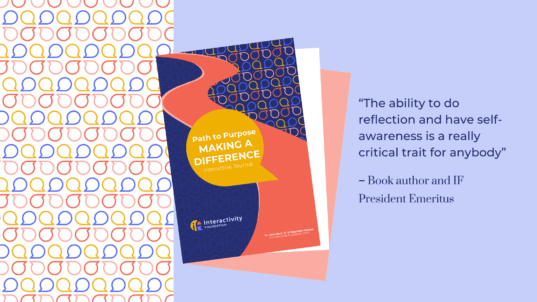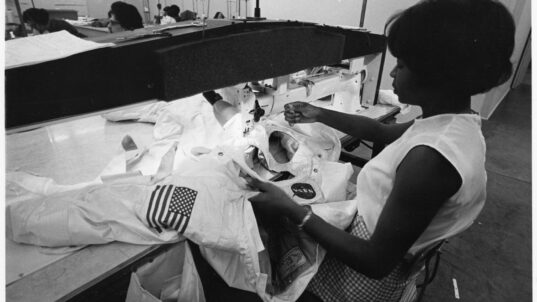
Photo by cottonbro from Pexels
Diversity within groups and making new discoveries?
“Today we’re going to start using our class discussion groups. In a moment I’ll split you up into preassigned groups. I’ve been very careful in selecting your group members. I’m often asked how I do this. Before I give you my rationale, let me share some personal information. My husband and I are both avid bird watchers. Until recently, the widely held belief was that it was male birds that produced the songs. That belief was found to be false although it held sway for over 150 years.
“Why did this misconception last for so long? The ornithologists that studied bird songs were mostly white males coming from the northern hemisphere. The birds they studied were migratory birds who bred in the northern hemisphere. Breeding is when most birds sing. Birds that live in the tropics weren’t studied as much and the female of those species do sing.
“It wasn’t until the ornithologist research community diversified that these longstanding beliefs about bird songs were challenged. My colleagues have pointed to other examples where researchers’ diversity across things like race, ethnicity, gender, geographic location, and socioeconomic background have led to new discoveries.
“That’s why I’ve tried to make each discussion group as diverse as possible in different ways–to increase your chances of making new discoveries in your groups. But I have to warn you, just having a diverse group with different backgrounds isn’t a guarantee that your ideas will be better than a homogeneous group. You really have to value the way each of you think.
“Here’s your discussion topic for today: How do we capitalize on our diverse backgrounds to generate ideas that challenge the conventional beliefs about the discussion topic?”
With that introduction, Grace Midkiff sat down and the discussion groups started their work. She was looking for a range of innovative responses and she got them.
One group presented their response criteria expressed as rap lyrics. Another presented a flow chart sharing their discussion process. Another group expressed their ideas as a mission/values statement. And one group presented their idea using an analogy of preparing a seven-course meal.
Midkiff was excited to see how their plans would translate into upcoming discussions. But clearly the class was off to a good start. Diversity of participants is not a guarantee of innovative thinking, but what she saw was very encouraging. For additional thoughts about setting up student discussion groups, check out Chapter Two of the Interactivity Foundation’s Guidebook for Online Courses or the Guidebook for Student Centered Classroom Discussions.
* * *
“Diversity may be the hardest thing for a society to live with, and perhaps the most dangerous thing for a society to be without.” – William Sloane Coffin (noted clergyman and civil rights activist)
This post is part of our “Think About” education series. These posts are based on composites of real-world experiences, with some details changed for the sake of anonymity. New posts appear Wednesday afternoons.



